Age of Jackson
How They Worked
During the 40 years before the Civil War began, there was a remarkable change in Tennessee. More and more people moved into the state, and the economy flourished.
Agriculture was the predominant industry with most of the state’s wealth in farm land. The production of corn, wheat, cotton, tobacco, and livestock grew rapidly during this time.
By 1860, there were 3,000 plantations in the state. Many of the people who worked in these fields were slaves. It is estimated that there were 275,000 slaves in Tennessee in 1860.
Other Tennesseans who owned farms worked the land themselves, although some may have owned one or two slaves. Both women and children also worked hard on these farms.
Tennesseans also worked in early industry. This included blacksmith shops, grist mills, lumber mills, coal and copper mining, and iron production.
Picture Credits:
- Drawing entitled, “Scene on a Cotton Plantation.” This drawing was published in London in the Casell Illustrated History of England in 1863. It shows overseers watching slaves working on a southern cotton plantation. Virginia Foundation for the Humanities and University of Virginia Library
- Photograph of the Tennessee State Capitol. This photo was taken in 1860 when the landscape was still incomplete. Building materials and work horses are also shown. Tennessee State Library and Archives
- Drawing entitled, “Steamer on the Cumberland.” It shows a steamboat tied off on a wench, that is being pulled through the whirlpool where Suck Creek enters the Tennessee River below Chattanooga, Tennessee. A group of blacks are operating the wench on the right while others watch. Tennessee State Museum Collection, 2005.145.3
- Drawing entitled, “Memphis, Tennessee.” It shows a busy riverfront scene with numerous people with carts, wagons, and bales of cotton. This print was made in 1870 and is taken from an image published in the July 2, 1853 edition of Frank Leslie’s Illustrated News. Tennessee State Library and Archives
- Drawing entitled, “View of the Tennessee Copper Mine,” by Ackerman. The mine shown is in Copperhill, Tennessee. Tennessee State Library and Archives
- Photograph entitled, “Bird’s Mill.” At different times in the past, the mill had been used as a corn mill, a wheat mill, and a sawmill. The mill was located near Chickamauga Creek in Chattanooga. A horse and buggy along with several people are shown outside of the mill. This photo was taken sometime between 1852 and 1922. Chattanooga-Hamilton County Bicentennial Library
- Photograph showing Lookout Mountain Road. This photo was taken in 1864. A man is shown with a wagon on the road while a group of people are shown on the cliff of the mountain. Tennessee State Library and Archives
Age of Jackson >> Tennessee's People >> How They Worked >>
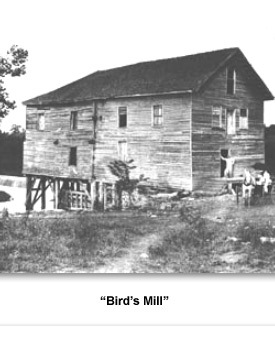
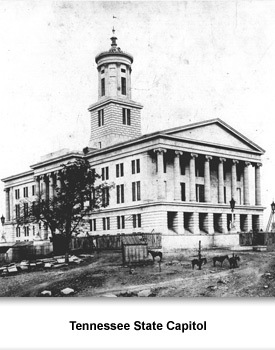
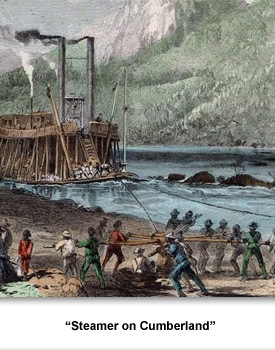
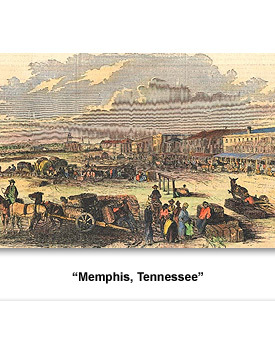
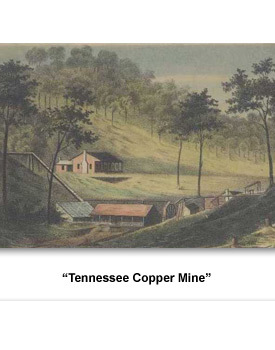
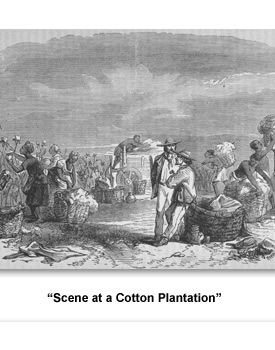
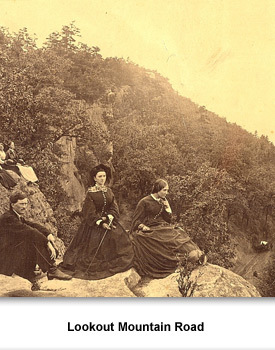
 Sponsored by: National Endowment for the Humanities
Sponsored by: National Endowment for the Humanities